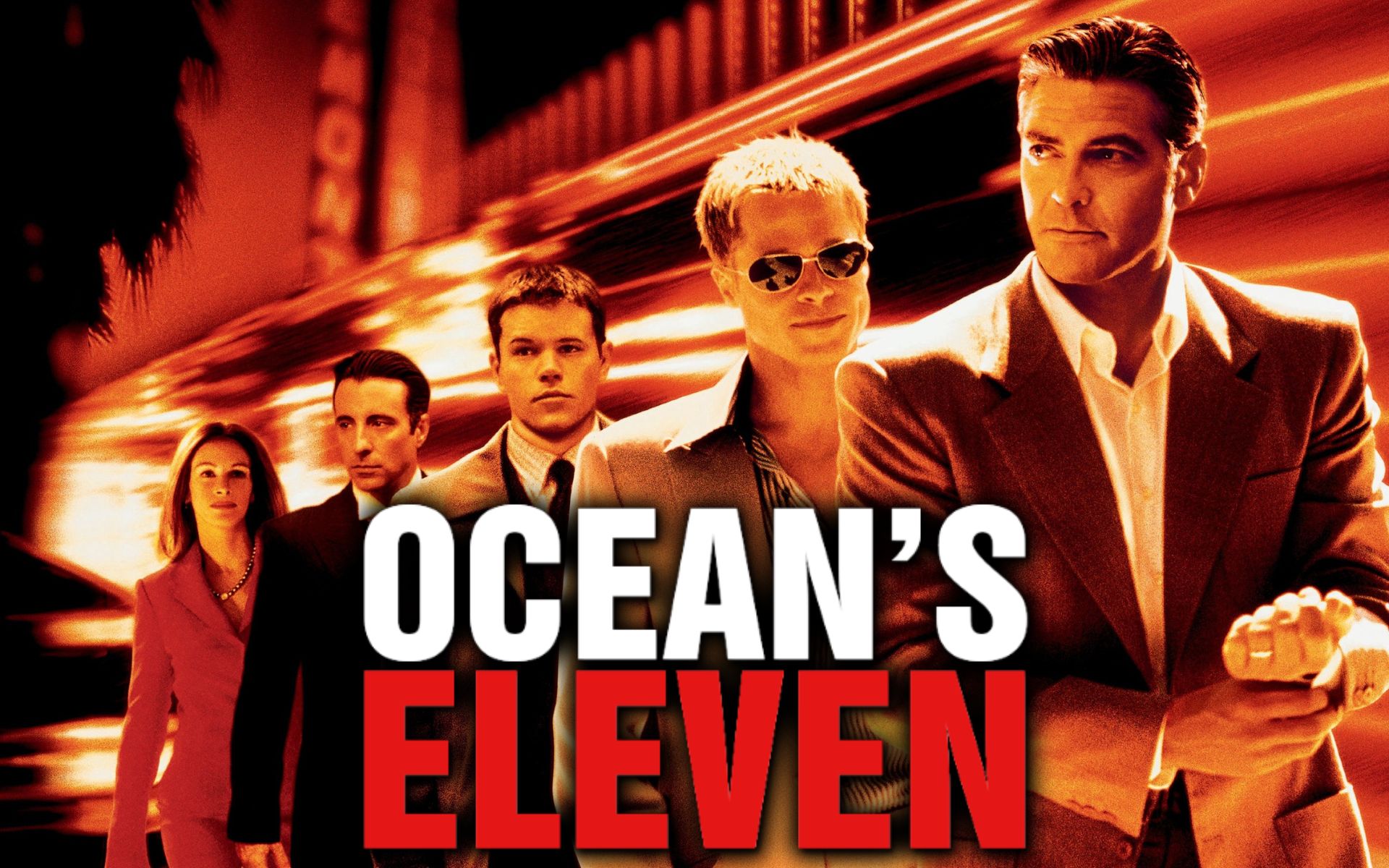Snow Society, Juana Antonio Bayona turns a tragic 20th-century event into an epic of survival. The film, based on the book of the same name by Pablo Vierci, details what happened to Uruguayan Air Force Flight 571. On October 13, 1972, a plane with 45 passengers on board crashed in the Andes mountain range and only 29 of those traveling managed to survive. Two months later, facing isolation in the midst of a terrible climate and resorting to cannibalism to survive, barely 16 people remained alive. Most have seen their families and friends die due to harsh climate conditions and accident injuries.
The Snow Society details what happened, step by step. But it barely describes what happened after the group was rescued from the mountains. At the end of the tape it shows how Fernando Parrado (Agustín Pardella) and Roberto Canessa (Matias Recalt) managed to cross the mountain range and reach the San Jose River. This led them to Los Maitenes (Chile), a place where, after ten days of walking, they encountered the muleteer Sergio Catalan. Only then will the latter notify the authorities to rescue the wounded who were still on the plane.
The feature film concludes its story with an image of the group and memories of those who died both in the accident and in the weeks that followed. However, it does not indicate what happened to the others. We present to you a summary of what the so-called Andean survivors are doing now, as well as their contributions to the story they tell. Snow Society. At the same time, how they managed to withstand the siege of the press and public interrogations about the difficult decisions they had to make to stay alive.
Critical hours after rescue
Between 22 and 23 December 1972, the last 16 passengers of the original 45 were rescued from the inhospitable environment where they were being held. They were immediately flown to Santiago, Chile, as most had suffered severe injuries, fractures, dehydration, scurvy and severe malnutrition. According to reports at the time, they had all lost about 40 kilograms of weight and could barely walk. This has led authorities to fear that the evacuation could harm most and even kill some.

But the most alarming thing happened in the following days, when the group, having fully recovered, had to face pressure from the media. From the sudden recognition of what was initially called a miracle, to the consideration and condemnation of versions of the consumption of human flesh. The truth is that the band quickly went from being an admired and loved group to the center of high-profile debates about the legality of their decisions. on December 26 and was likely due to a leak by rescuers.A photograph of a dismembered human leg appeared in Chilean newspapers. Mercury And Third. Direct accusations of anthropophagy were added to the images.
To quell the rumors, survivors held a press conference on December 28 at the Stella Maris school in Montevideo. During the event, they spoke directly about what happened and explained the agreement that was made between them: to eat the remains only as a last resort. At first, the public reaction was negative, but over time, survivors told their version: The tragic event was better understood.
What are the survivors doing today?
With the exception of two of them, the entire group rescued in the Andes are still alive. Each of them led a normal life, although most have told their version of what happened through books, articles and conversations.

Javier Metol, who lost his wife in the accident, devoted all his energy to creating the Viven Foundation. At first it was just an initiative to direct everything related to the dissemination of the story in which he is visible. Snow Society. However, later it grew and became an institution for historical heritage and the preservation of the memory of the dead.. Metol died in 2015 at the age of 79.
Roberto Canessa, one of two volunteers who traveled across the Andes in search of help, has renewed his plans to become a doctor. He completed medical school and became a respected pediatric cardiologist. For his part, Fernando “Nando” Parrado devoted himself to the world of motorsport in the late seventies and early next decade. He later devoted himself to a short-lived career in the media and performing internationally. Most of them, designed to emphasize the will to live and willpower in difficult situations.
Pain and injury in survivors

In contrast, Carlos Paez suffered from problems due to the remaining injury and went through a long process of addiction to various substances. Eventually he was able to free himself from them. To finally delve deeper into his horrors and pains, he wrote books After 10 days (date the group learned they had stopped searching) and Soul Ridge.
Gustavo Zerbino is a businessman and from time to time he talks about what happened in the mountains. Antonio Visintin is involved in the development of investment projects in the real estate sector. Eduardo Strauch is an architect and plastic artist. In 2019 he wrote a book From silence. José Luis Inciarte became a successful agricultural engineer; Ramon Sabella vI’m out of the public eye and head of several successful companies.. Alvaro Mangino is a board member of the Old Christians rugby team, to which he devotes his time.
On the other hand, José Luis Inciarte played a prominent role in the agricultural life of Uruguay. He died on Thursday, July 27, 2023, at the age of 75, after a long bout with cancer. Roy Harley is a paint industry engineer. Roberto Francois has retreated from the public eye. He is now a technician and agricultural producer.
Daniel Fernandez devoted himself to the computer world. Alfredo Delgado graduated from law, but, like François, has since avoided contact with the press. Finally, Pedro Algorta returned to his intention to graduate from the Faculty of Economics of the University of Buenos Aires. Currently he is involved in organizing motivational conferences.
Source: Hiper Textual














